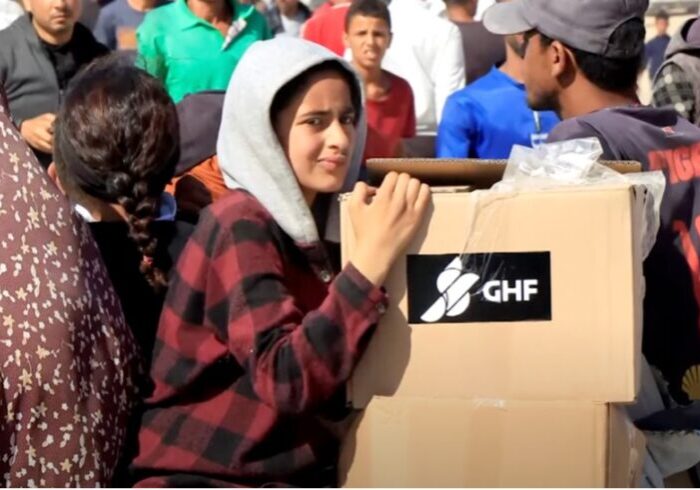Australia/Israel Review
Deconstruction Zone: Insights from inside Gaza
Jan 25, 2024 | Roi Yanovasky

[After serving 100 days as a reserve soldier in the Israeli army, most spent inside the Gaza Strip, Israeli reporter Roi Yanovasky has returned with some insights. Ed.]
1. Perceived by the world as an overcrowded, third-world territory that is constantly besieged, viewing Gaza City with one’s own eyes presents a wholly different picture. It was a modern, well-developed city. Big houses, a big plaza, parks, well-maintained walkways right on the beach and so much more. It looked far more like Tel Aviv than Jenin. The world’s “most crowded” territory? Not by a long shot.
2. If what Gaza experienced over the past decade is considered a siege, then sign me up. People here appeared to live just fine. Homes are loaded with fancy belongings, be it furniture, appliances or anything else. Most places are bigger than my Tel Aviv apartment. Blaming their willingness to fight Israel on Gazans’ poor living conditions does a disservice to the truth.
3. Who knew Gazans had such an affinity for their geography? In most homes, the single most prevalent of objects seems to be a map of Israel. Of course, it doesn’t say Israel – it refers to the entire territory as Palestine.
These maps can be found in almost every home, every school and every public institution, promoting the goal of the eradication of Israel.
4. Military infrastructure could be found in every single neighbourhood we were in. Weapons, tunnels, explosive charges and launchpads are all conveniently located inside residential buildings, some of which are equipped with holes in the walls between them to make transiting between the various structures seamless.
Palestinian civilians who reside within these combat zones are acutely aware of all this. They received countless warnings to evacuate, long before the first Israel Defence Forces (IDF) soldier set foot inside the enclave. IDF leaflets can be found virtually everywhere. Those who decided to stay in the combat zones either are affiliated with Hamas or are civilians who made the conscious decision to remain.
5. Doing their utmost to remain elusive and unassuming, Hamas operatives hardly ever walk around while visibly armed. They’re fully aware that if they stroll around in civilian clothing, the IDF is highly unlikely to view them as hostile, and therefore will not engage.
This reality transforms combat into a multifaceted operation, far more than in any other military arena that we’ve ever seen. Anyone sitting in their air-conditioned offices or studios, presuming to pass judgment as to why IDF troops were not “careful enough” to avoid civilian casualties, should venture into Gaza for a week or two. We’ll see what they have to say then.
6. Not only is Hamas embedded within the Palestinian population, the population is embedded within Hamas. Its ideology, in one form or another, can be found in practically every home, every picture and every piece of propaganda. Hamas and Gaza appear to be like Maradona and Argentina.
There is no way civilians who lived in the structures where we found munitions and arms were unaware that these places serve as a Hamas launching pad.
7. As well stocked and well trained as Hamas may be, it’s not the physical equipment that makes it so powerful, but rather its lies and propaganda. Those are at the heart of what sustains Hamas as Gaza’s ruling entity. This is what it did for years in order to craft, polish and maintain the lie of the so-called “siege” of Gaza. The pictures of the innocent victims, and the killing of so-called “journalists” who were later discovered to be terror operatives, are part of that mirage.
Gaza is the only place in the world where they’re able to report a supposedly accurate count of 500 casualties within half an hour of an explosion.
Even in the world’s most devastating earthquakes and sites of various natural disasters, accurate reports do not emerge for days after the fact, as it takes that long for rescue operations to establish the number of casualties.
The way global media regurgitates these figures as if they were written on a stone tablet delivered by Moses himself is nothing short of pathetic.






